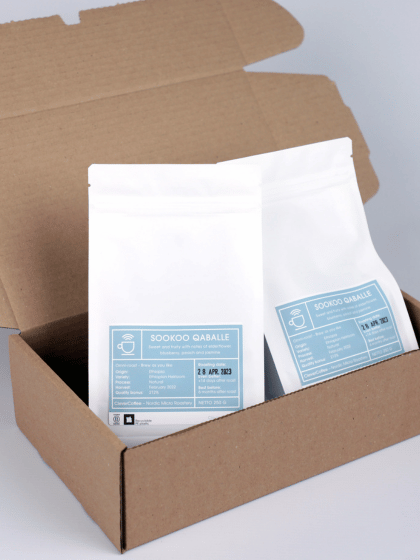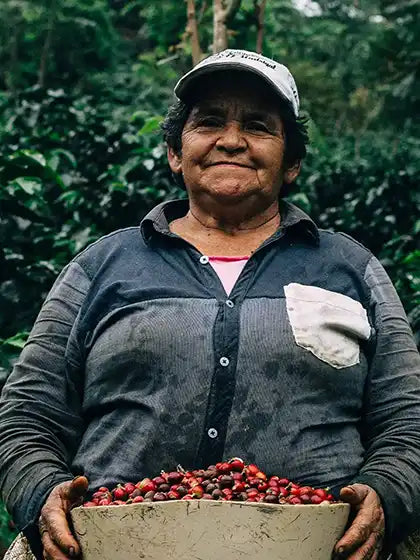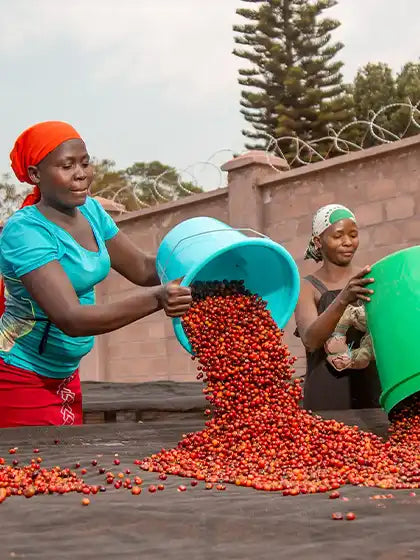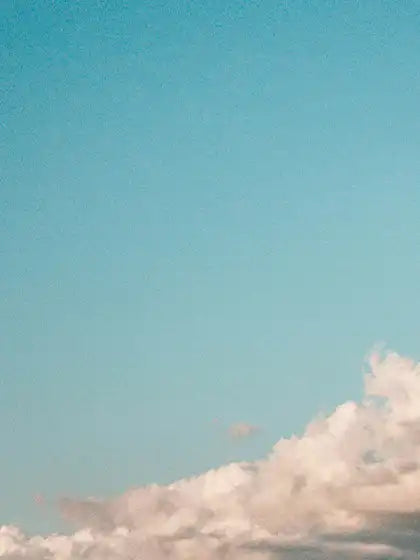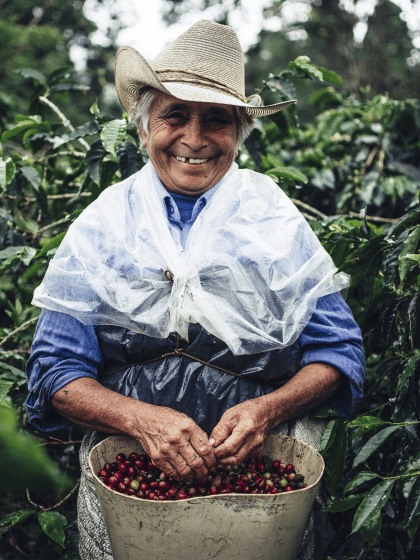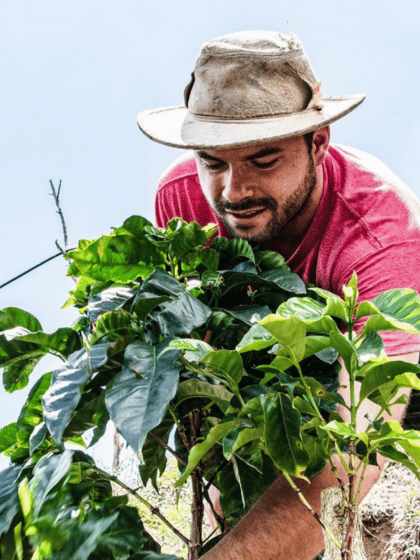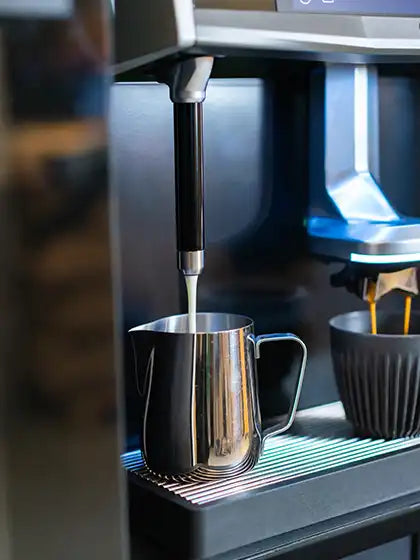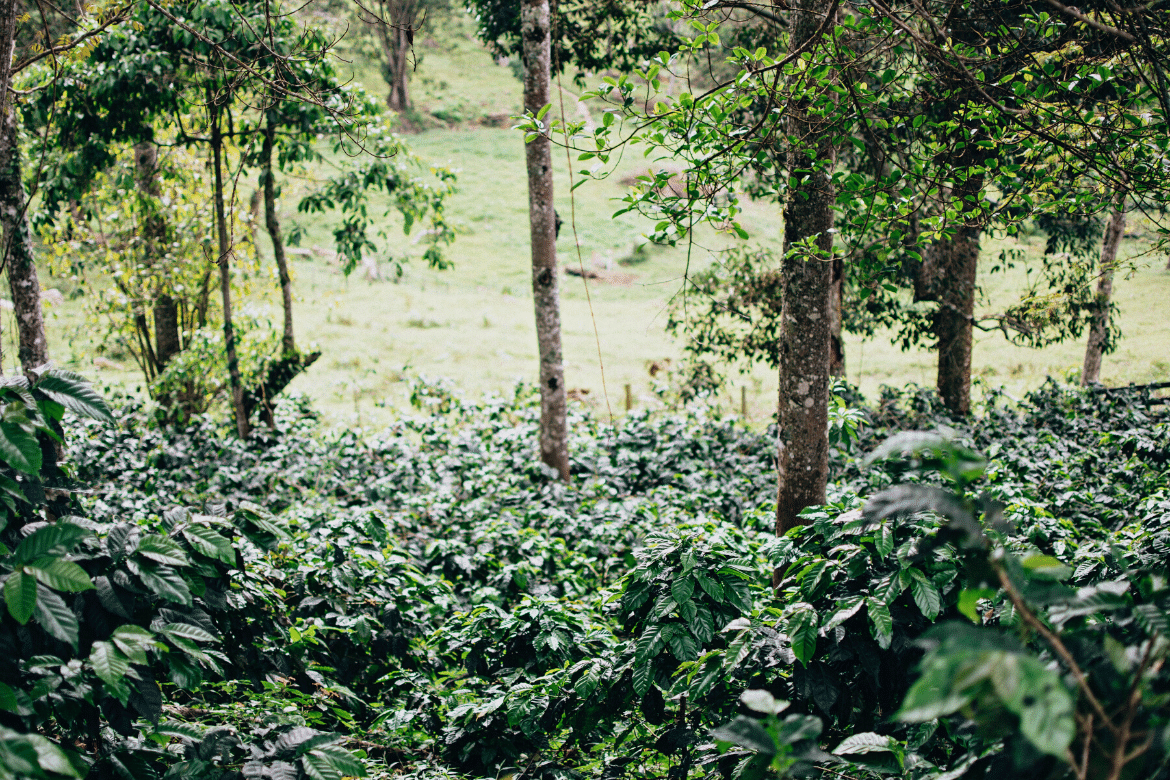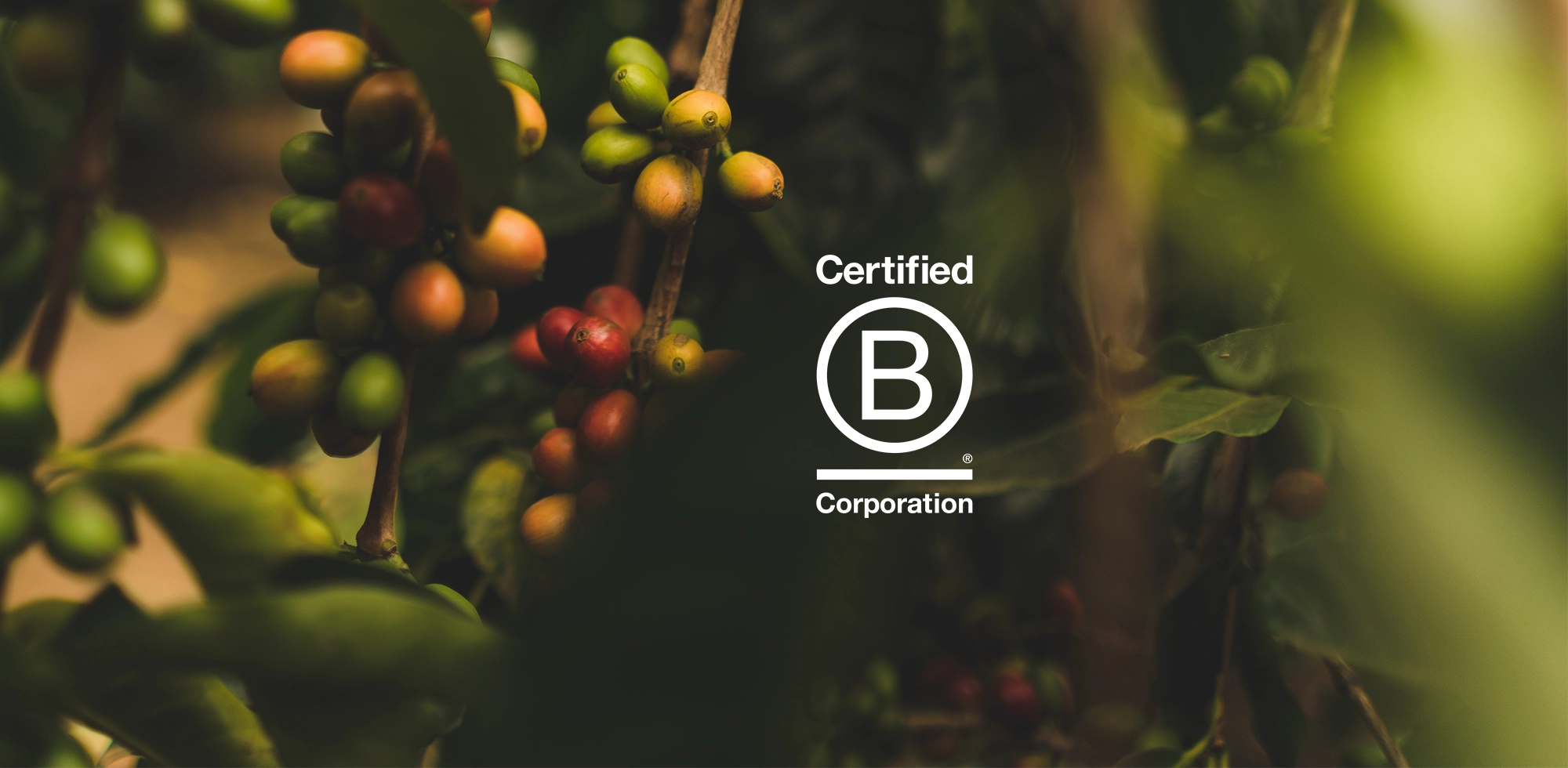
Insight Into the Dynamics on the Farm
Positive Impact on the Environment
A responsibility that we take very seriously is to ensure that everything we do has the least negative impact on the environment as possible. Our collaboration with the coffee farms means a continuous exploration of how we can improve the value chain from each end. It is crucial that we also focus on the individual coffee farm.
At CleverCoffee, we see shade-grown coffee as one of many important aspects of having a positive impact on the environment. All our coffees, except the Brazilian ones, are grown in the shade. Amazingly, growing coffee this way also creates opportunities to produce higher quality coffee. Not bad, right?
Traditional Methods Are Having a Comeback
The History of Coffee Cultivation
Agroforestry is indeed the traditional way of growing coffee, but much of that knowledge has been forgotten in our age of efficiency.
Research shows that from 1970 to 1990, there were massive conversions of shade-grown coffee to intensively managed, monocultural farming systems, especially in Latin America. This was done to increase yields and make coffee cultivation more efficient. Although effective, monocultural farming methods can be quite fragile and if the harvest goes wrong, the farmer is in a vulnerable position because their income is taken away from them.
The combination of low coffee prices, more intensive working conditions, the fragility of monoculture and the expensive cost of pesticides both economically and organically may be reasons why many coffee areas have shrunk since the 1990s. Fortunately, recent implementations of climate-focused alternative agricultural policies have raised awareness of shade-grown coffee and agroforestry as promising adaptations to climate change.

Agroforestry in Practice
The Laws of Nature
Leaving nature completely untouched is not possible when growing coffee, but understanding nature's own mechanisms is very valuable.
So what does agroforestry mean on a coffee farm?
Agroforestry is a system that mimics a natural forest environment with farmers continuously including a mix of native trees between or around their coffee trees. Over time, various microclimates are created.
Diverse microclimates are beneficial for coffee cultivation
Research shows that agroforestry systems increase biodiversity, which improves the farm's resilience to hostile insects and extreme weather conditions resulting from climate change. If the shade trees are chosen correctly, they can also help diversify the grower's income, thus making their finances more resilient and hopefully contributing to less worries.
Other aspects of agroforestry that are beneficial to the environment include reducing erosion during heavy rains and pollution of water in the area. In addition, agroforestry farms can act as connecting paths for animals and insects from one nature reserve to another. It benefits the wildlife in surrounding natural areas and promotes natural flora and fauna in the surroundings.

Resilience in Coffee Cultivation
Significant Biodiversity
Incorporating trees on coffee farms increases biodiversity by attracting insects and animals. At first glance, it may appear to the untrained eye that they are damaging plants and coffee berries. But if you look closely, they can play a large role in keeping the coffee plants healthy.
Shaded coffee grounds harbour biological wealth in the form of tree species, epiphytes, mammals, birds, reptiles, amphibians and arthropods. Of course, bees are helpful and important for successful pollination, but all the animals mentioned help the farmer in their own way.
Coffee plants, like all other evergreen plants, have enemies in nature, and the most harmful is the coffee berry borer beetle. It can get an amazing meal inside the coffee berries, and some of them even eat the beans, which is fatal to the coffee farmer if not detected in time. The coffee beetle is the only creature that feeds exclusively on coffee berries – other insects can only nibble on the seeds or other parts of the coffee plant due to the high caffeine content.
If the coffee borer beetle has announced its arrival on a coffee farm, it spreads rapidly and this can lead to extensive yield losses and harm the quality of the beans. It is economically devastating for the coffee farms if they are visited by the coffee borer. Therefore, the increased biodiversity is seen as a practical safeguard in an agroforestry system. Especially for organic coffee farmers who take advantage of natural enemies for biological pests such as birds, wasps or even ants who see the coffee borer as a small, delicious snack.
Due to the use of pesticides, monocultural coffee farms rarely have the right environment to maintain a high level of natural enemies of the coffee borer among the coffee trees.

Balanced Sun and Shade
When we look at the environmental impact of a coffee farm, especially the larger plantations, they are often established at the expense of forest environments.
In a forest farming system, the soil is enriched by fallen leaves from the trees, while at the same time the soil's moisture is preserved for a longer period of time. This means that the coffee farmer can water less and loses fewer nutrients in the soil. The result is that the plants achieve a better nutritional balance, which promotes healthier trees - and thus the quality of the coffee berries.
But what about the effect of shade on yield?
Stick with it, even though it's pretty complex and geeky. Recent studies show that shade coffee systems can change both the above-ground and underground microenvironment and affect the physiology and phenology - and thus the yield. This means that the photosynthetic performance of the coffee trees potentially compensates for the reduced sunlight in the shade.
It is a balancing act to ensure that shade intensity does not affect flowering too much, but handled correctly, the advantages will easily outweigh the disadvantages.
And if you are now sitting and thinking that something about trees also stores CO2 in the ground. So it works in coffee forests in such a way that when the surrounding shade trees bind CO2 in the soil, it is very possible that a farm can absorb more CO2 than it emits from production.

Better Quality
Flavor Complexity in the Shade
An extremely important and positive effect of shade-grown coffee is expressed in the cup. Several varieties of Coffea Arabica have shown promising potential and results in terms of flavour complexity.
Research shows that positive quality attributes such as tartness, fruitiness and flavour quality correlate with cooler climates and higher elevations.
The coolness of the shade plants helps the coffee berries ripen more slowly, adding more complexity to the flavours. It is particularly relevant because the research also shows that the coffee plants are extremely sensitive to climate change.
With global temperature increases and climate change, it's reassuring to know that there are ways to preserve the ability to grow coffee – and it's also very promising that it even adds quality to the final flavour in the cup.
Traditionally, the development of coffee plant varieties has been aimed at higher yields as well as resistance to pests and diseases – at the expense of the flavour quality. Fortunately, the demand for specialty coffee and higher quality has significantly intensified the focus on flavour and farming in shady environments.
Sancoffee is e.g. an association of coffee farmers with deep roots in Campo das Vertentes. The fertile soil and abundance of water in this area are ideal conditions for coffee cultivation. The presence of the coffee plant in this region can be traced back to 1860. The fazendas grow coffee in large quantities on high plateau areas with an average height of 1030 meters above sea level. The gentle slopes in the landscape enable effective mechanisation in cultivation.
It is definitely a different landscape than e.g. the mountain landscapes of Honduran coffee farms. Although it is different, the coffee from Sancoffee in Brazil is still carbon neutral and even B Corp-certified. Instead of creating rich biodiversity between the coffee trees, they have chosen another way to preserve nature in Campo das Vertentes.
The coffee farmers of the Sancoffee cooperative have established a bio-restoration program that aims to restore areas that have been degraded in the past by growing seedlings, planting native trees and protecting water sources.
In 2012, Brazil created a new Forest Code to work with both farmers and targets to conserve valuable ecosystems. As part of this Forest Code, all landowners, and thus coffee farms, were legally required to have a legal reserve within their farm. This means that landowners with country properties must set aside certain areas as reserves for natural vegetation, amounting to at least approx. 20% of their land. It was created with the aim of creating sustainable use of resources and restoration of organic processes and biodiversity.
This shows how different local environments require different agricultural practices. Being a coffee farmer in a world of climate change requires constant adaptation on so many levels.
Sources
Athina Koutouleas et al. (2022) Shaded-Coffee : A Nature-Based Strategy for Coffee Production Under Climate Change? A Review. Frontiers in Sustainable Food Systems. University of Copenhagen. Link .
LC Gomes, FJJA Bianchi, IM Cardoso, RBA Fernandes, EI Fernandes Filho, RPO Schulte. (2020). Agroforestry systems can mitigate the impacts of climate change on coffee production: A spatially explicit assessment in Brazil. Agriculture, Ecosystems & Environment.
Damon, Anne. (2001). A review of the biology and control of the coffee berry borer, Hypothenemus hampei (Coleoptera: Scolytidae). Bulletin of entomological research. Link .

